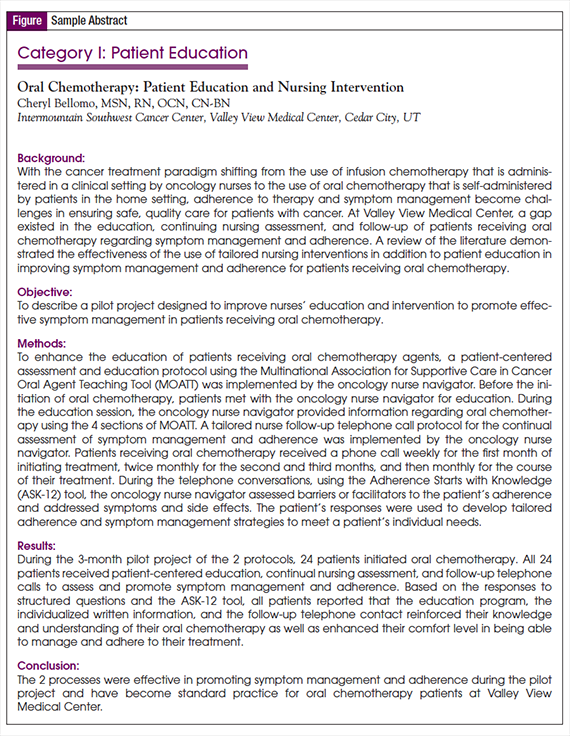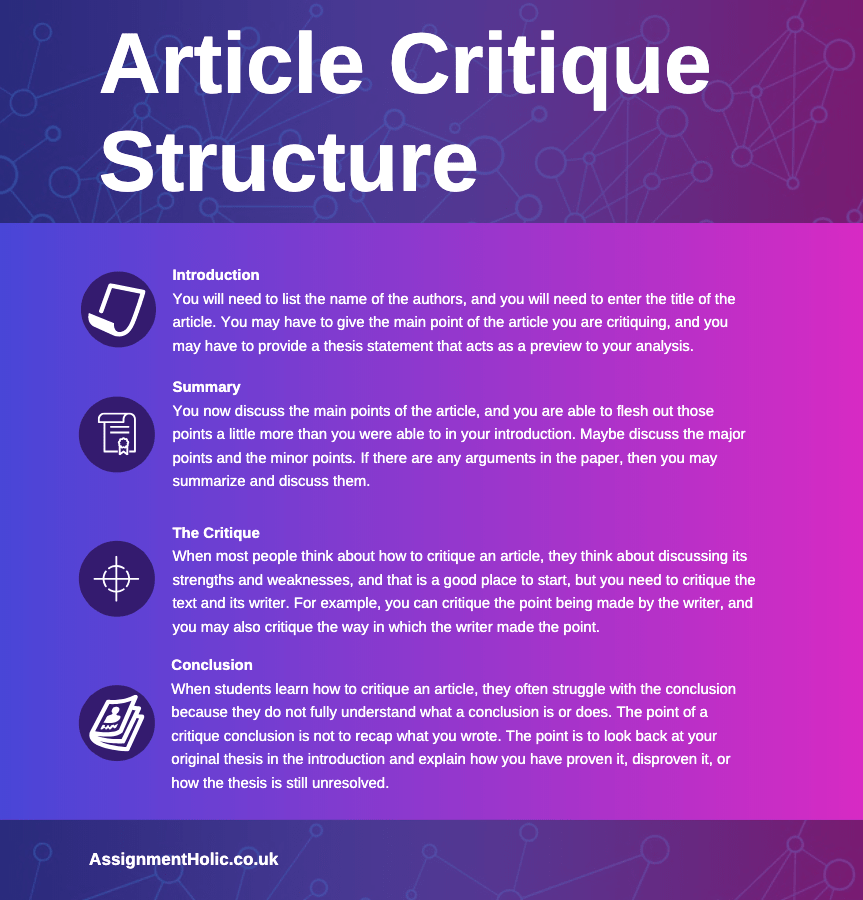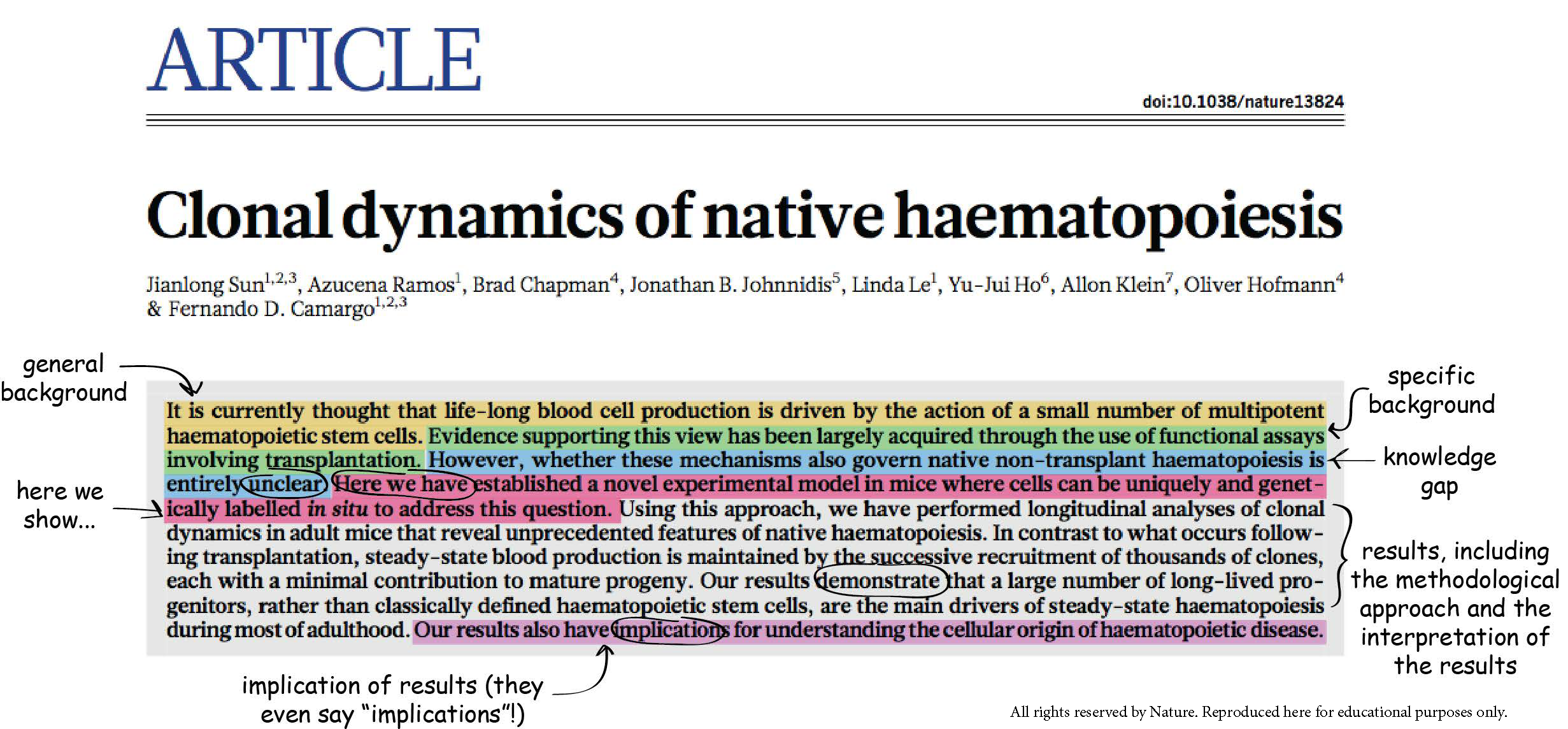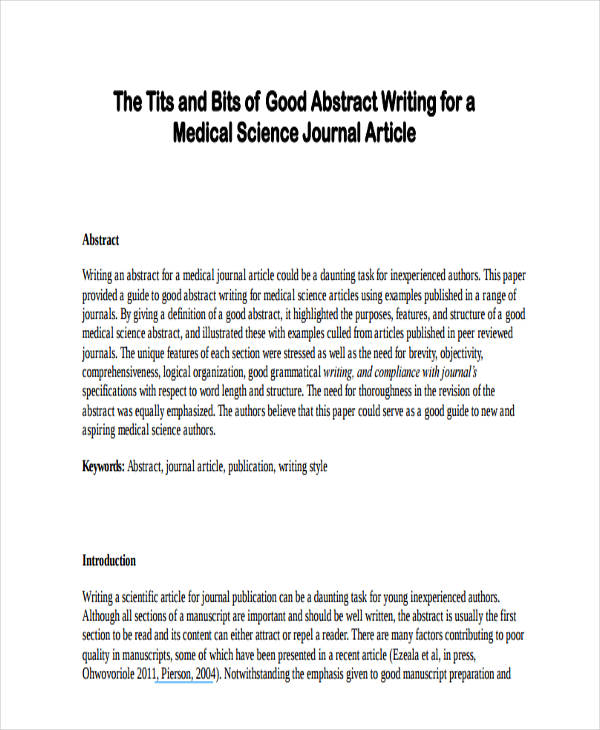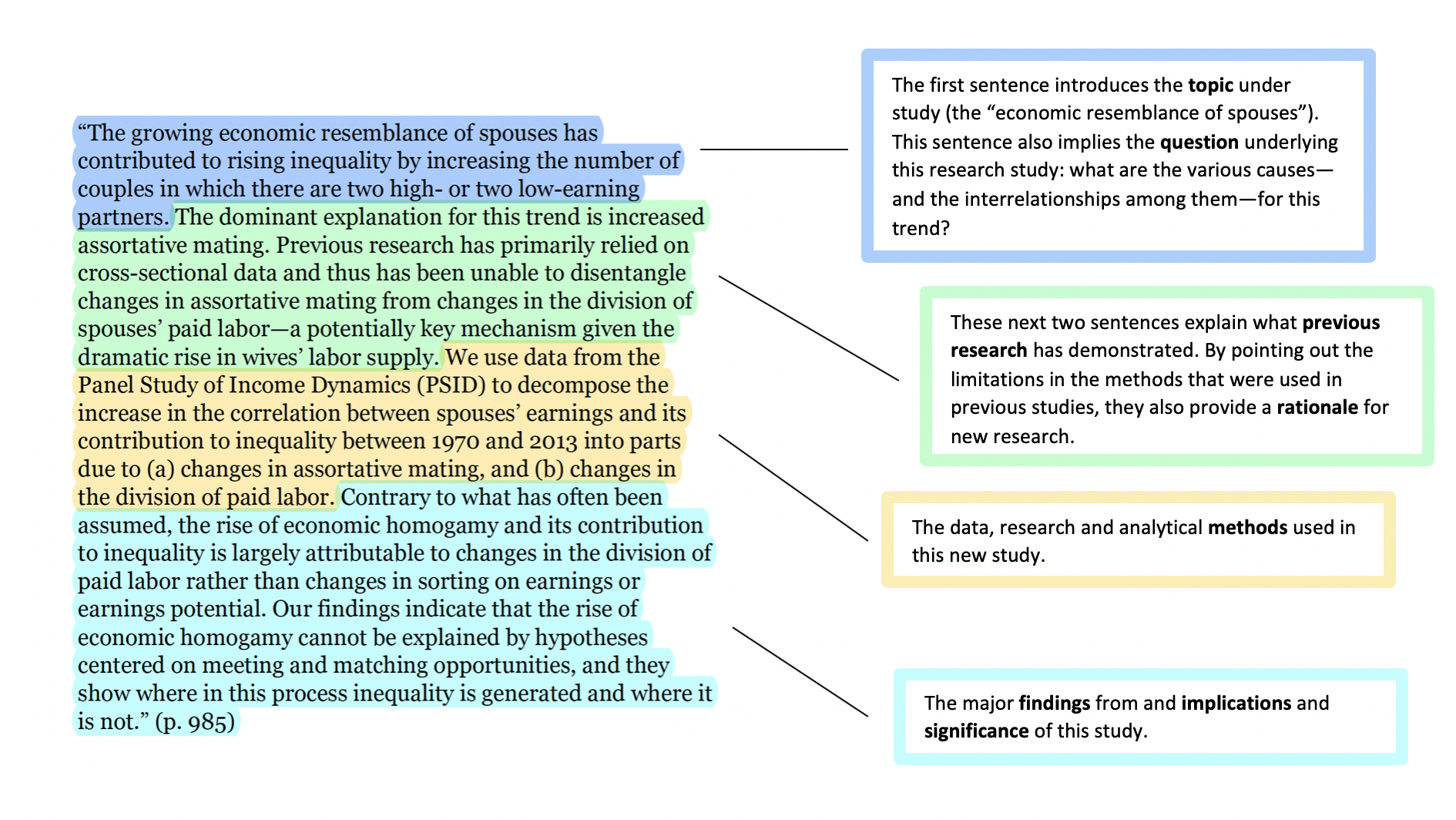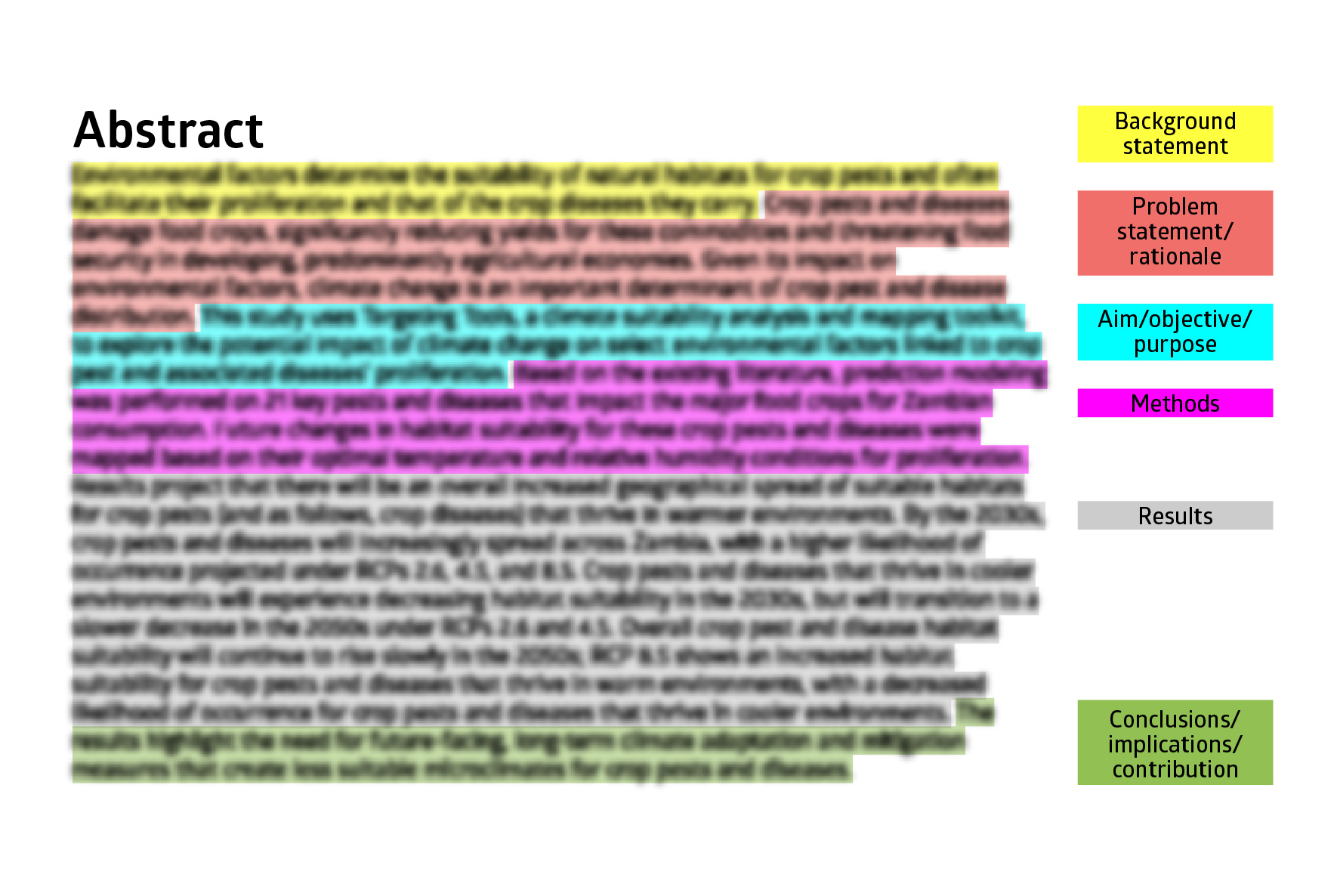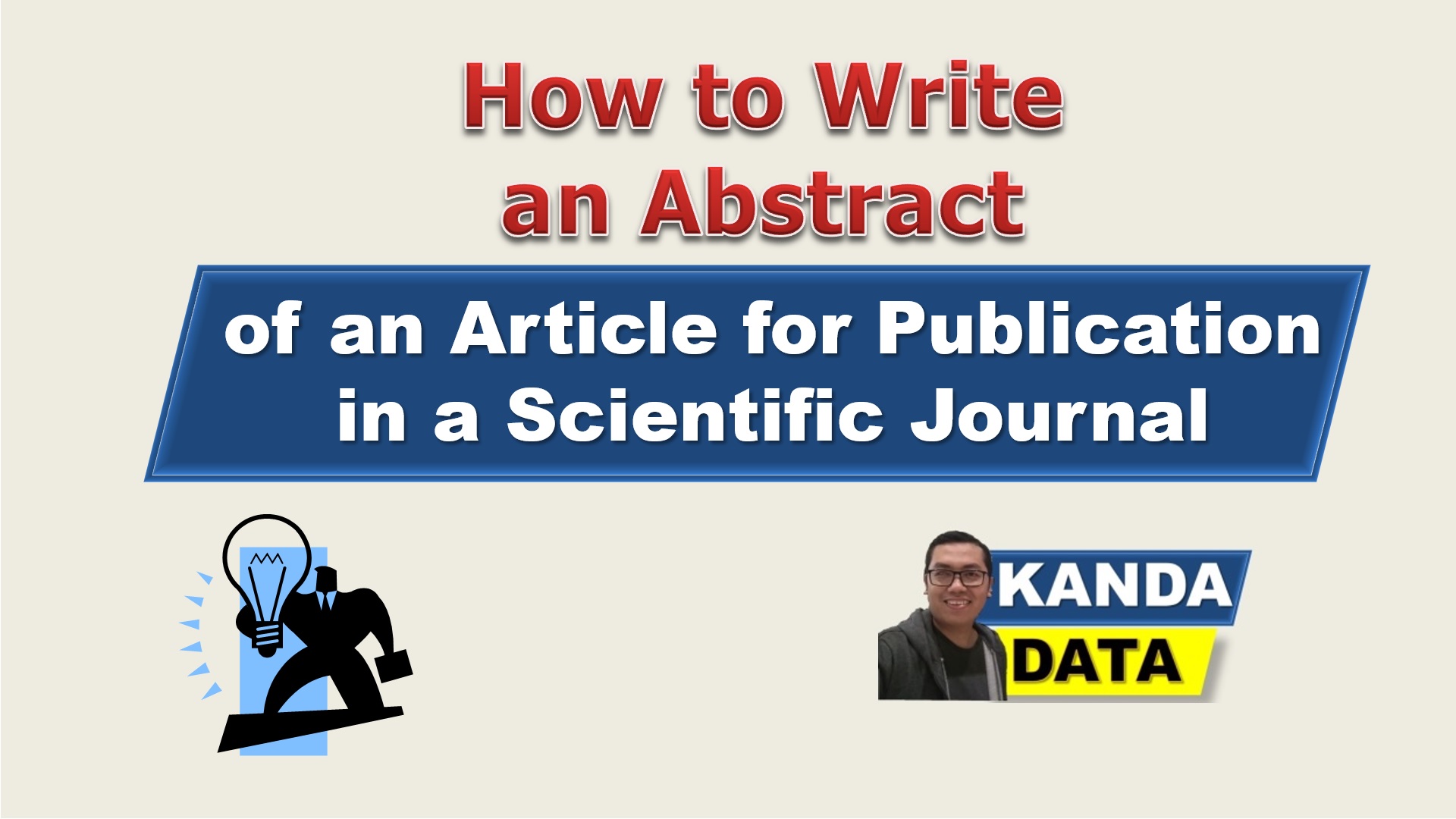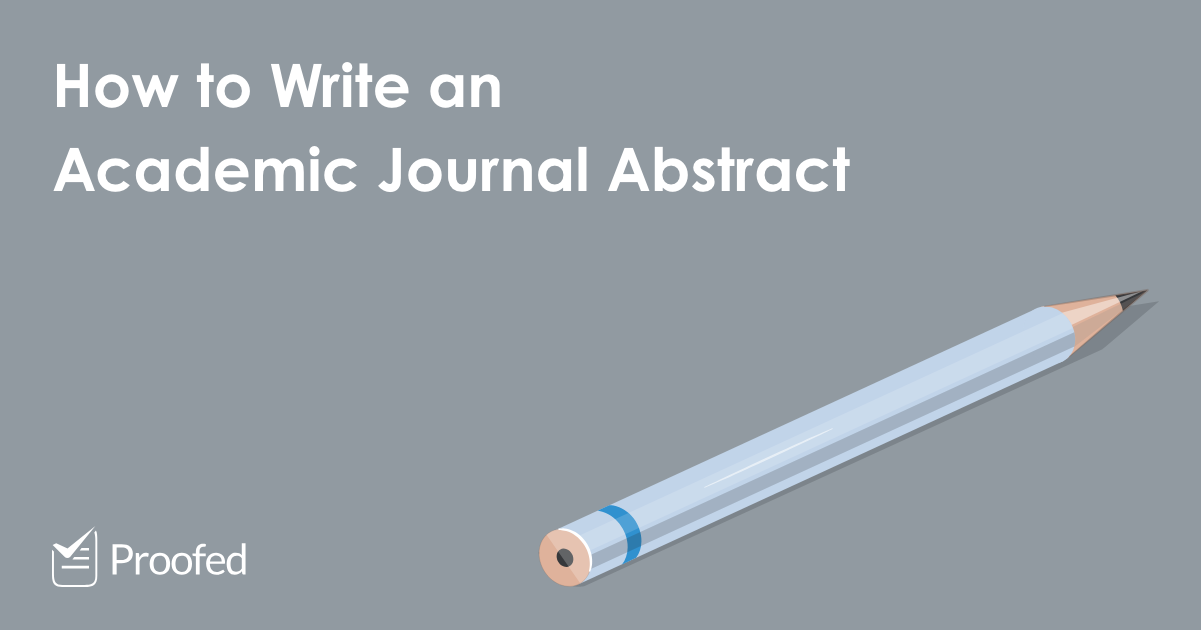Great Info About How To Write A Journal Abstract

Conveying the right amount of information usefully, in the space of 200 to 250 words, is no mean feat.
How to write a journal abstract. And, later, an abstract helps readers remember key points from your paper. Write down a few possible titles, and then select the best to refine further. Write each part of the abstract using the information you highlighted.
Identify the problem or the issue at hand. Simply get the information written—you will edit later. Usually situated at the beginning of such works, the abstract is meant to “preview” the bigger document.
Read through your entire paper and distill each section down to its main points. Then, a brief statement about the method (s) you applied. Submitting a research paper to an academic journal.
2) the basic design of the study; If so, then follow those instructions. Abstracts of scientific papers are sometimes poorly written, often lack important information, and occasionally convey a biased picture.
Check the journal requirements before you write your abstract, eg. Some journals or conferences provide a template that specifies four or five sections, e.g., background or aim, question, methods, results, and conclusions. Do not merely copy and paste, but rather combine and blend the information into a concise bundle for each main part.
An abstract lets readers get the gist or essence of your paper or article quickly, in order to decide whether to read the full paper; Completing a thesis or dissertation. Explain to the reader the research process, the results you came up with, and what conclusion you've reached using these results.
An abstract is a concise summary of a longer work, such as a dissertation or research paper, and allows readers to decide whether to read the full paper. An abstract comprises five parts of equal importance: In general, the abstract must be in a position to:
In this guide you will find tips to help you prepare for both. An abstract prepares readers to follow the detailed information, analyses, and arguments in your full paper; Comply with the word or letter count, and do not go over this.
The title, introduction and aims, methods, results, and conclusion. Adhere to the journal’s guidelines about how abstracts should be written. The title should go straight to the point of the study.
Spending the time needed to do this will result in a better title. Ask your colleagues their opinion. Abstracts are a valuable tool to communicate the most important elements of the methods and results of a research project for a conference, manuscript, or even a research funding application.

